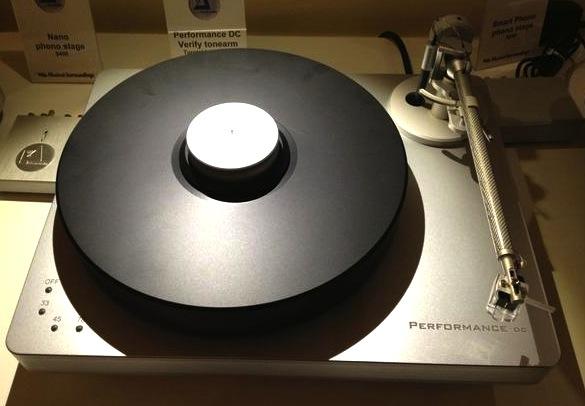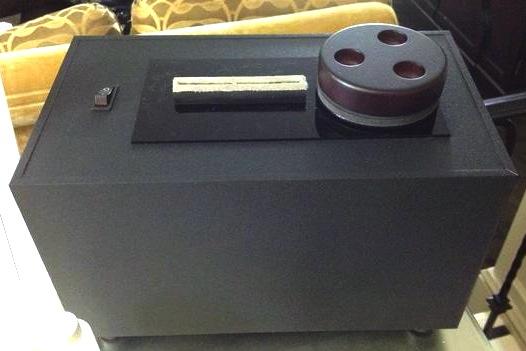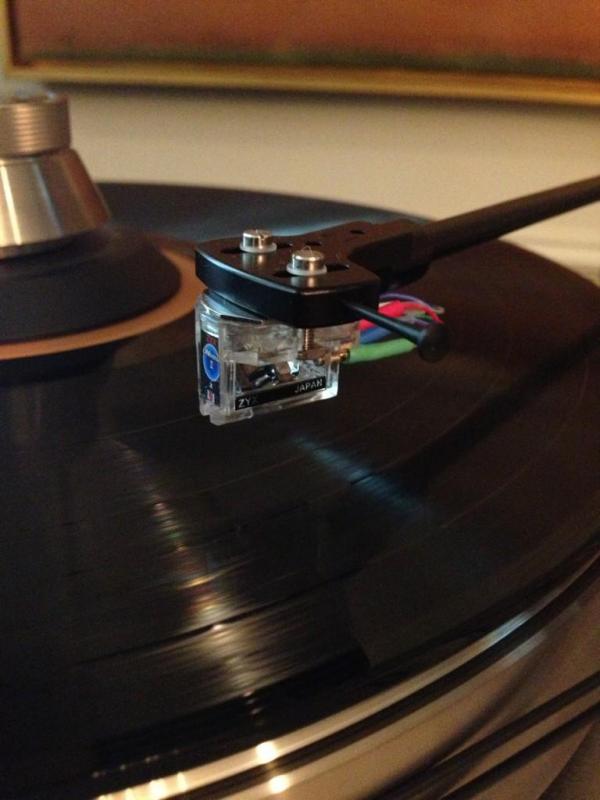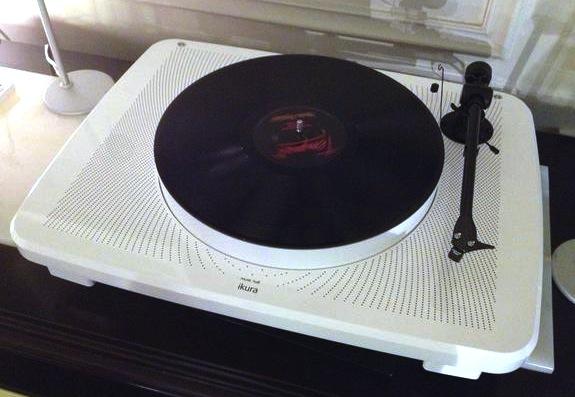LATEST ADDITIONS
|
Jan 10, 2013 |
First Published: Dec 31, 1969
|
Jan 10, 2013 |
First Published: Dec 31, 1969
|
Jan 09, 2013 |
First Published: Dec 31, 1969
|
Jan 09, 2013 |
First Published: Dec 31, 1969
|
Jan 09, 2013 |
First Published: Dec 31, 1969
|
Jan 09, 2013 |
First Published: Dec 31, 1969
|
Jan 09, 2013 |
First Published: Dec 31, 1969
|
Jan 09, 2013 |
First Published: Dec 31, 1969
|
Jan 09, 2013 |
First Published: Dec 31, 1969
|
Jan 09, 2013 |
First Published: Dec 31, 1969










